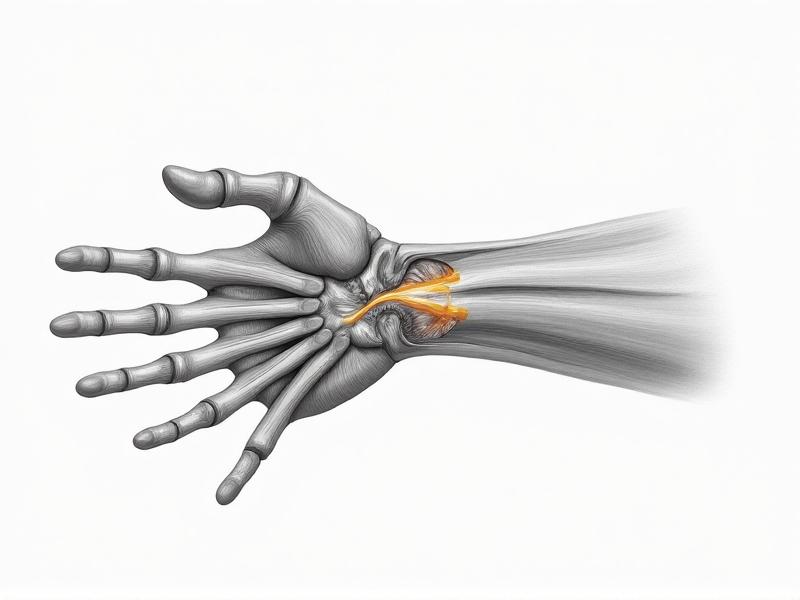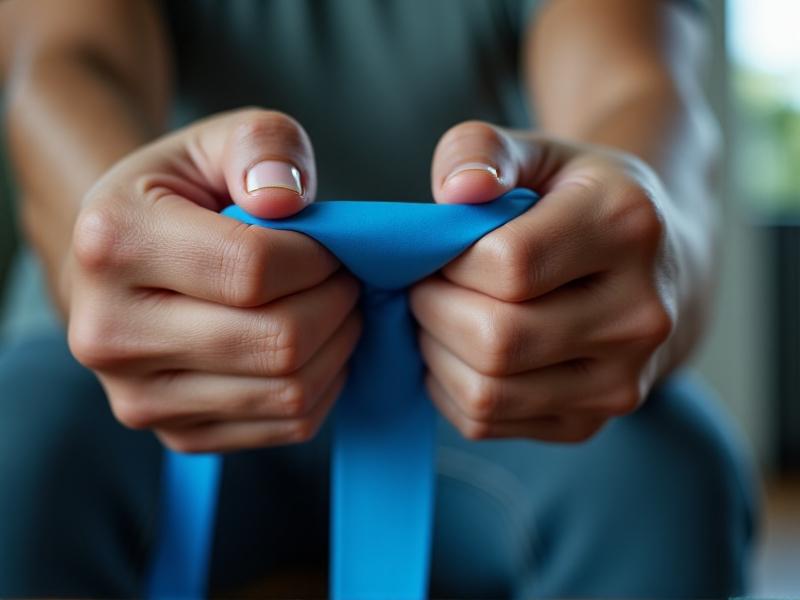```html
Understanding Carpal Tunnel Syndrome and Its Causes
Carpal Tunnel Syndrome (CTS) occurs when the median nerve, which runs from the forearm into the palm, becomes compressed at the wrist. This nerve controls sensations to the palm side of the thumb and fingers, and its compression leads to numbness, tingling, or weakness in the hand. Common causes include repetitive motions (like typing or assembly line work), prolonged wrist flexion, and underlying health conditions such as diabetes or arthritis. Even everyday activities like smartphone scrolling or gaming can contribute to strain over time.

Why Wrist Strength Matters for Prevention
Strengthening the muscles around the wrist and forearm helps stabilize the joint, reducing pressure on the median nerve. Stronger muscles also improve endurance, making repetitive tasks less likely to cause fatigue or inflammation. Additionally, flexible tendons and ligaments allow for smoother movement, decreasing friction that can lead to swelling. A proactive approach to wrist health isn’t just for athletes or manual laborers—it’s essential for anyone relying on their hands for work or hobbies.

Building Your Wrist Strengthening Routine
A balanced program combines strength, flexibility, and mobility exercises. Start with dynamic stretches like wrist circles or finger extensions to increase blood flow. Resistance training using resistance bands or light weights can target flexors and extensors. Isometric holds, such as pressing palms together, build stability. Aim for three 15-minute sessions weekly, gradually increasing intensity. Pair this with ergonomic adjustments, like keeping wrists neutral during tasks, to maximize results.

Key Exercises to Protect Your Wrists
1.
Wrist Curls:
Sit with forearms resting on thighs, palms up. Curl a light weight toward your body, then lower slowly. 2.
Reverse Wrist Curls:
Flip palms down to target extensors. 3.
Finger Tendon Glides:
Open and close fists rhythmically to lubricate tendons. 4.
Grip Squeezes:
Use a stress ball to enhance grip strength. 5.
Prayer Stretch:
Press palms together at chest height, lowering hands toward the waist. Perform 2-3 sets of 12-15 reps for each exercise.

Ergonomics: Your Daily Defense Against Strain
Adjust your workspace to keep wrists straight and elbows at 90 degrees. Use an ergonomic keyboard and mouse to minimize flexion. For desk workers, position monitors at eye level to avoid slouching. Take micro-breaks every 30 minutes to shake out your hands. Even small tweaks, like using voice-to-text software or a vertical mouse, can dramatically reduce cumulative stress on the wrists.
Recovery and Long-Term Wrist Health
Rest days are critical—overworked muscles need time to repair. Incorporate self-massage using a foam roller or tennis ball on forearms. Contrast therapy (alternating heat and ice) can alleviate inflammation. If symptoms persist, consult a physical therapist for personalized guidance. Remember, consistency is key: view wrist care as a lifelong practice, not a quick fix.
Taking Action for Pain-Free Hands
Start today by assessing your habits and integrating even one exercise into your routine. Track progress with a journal to stay motivated. Share your plan with friends or coworkers to build accountability. With patience and persistence, you’ll not only prevent carpal tunnel but also unlock greater dexterity for the activities you love.




